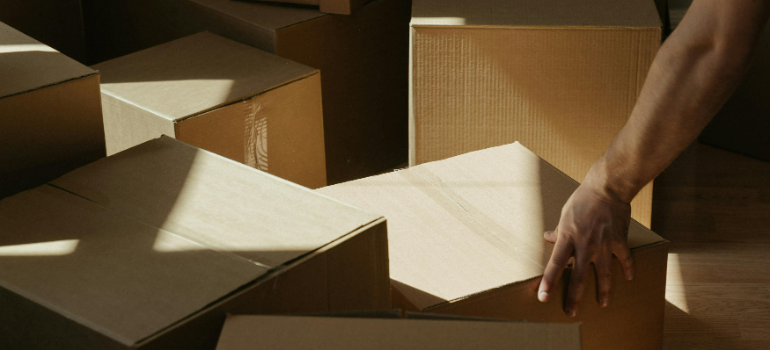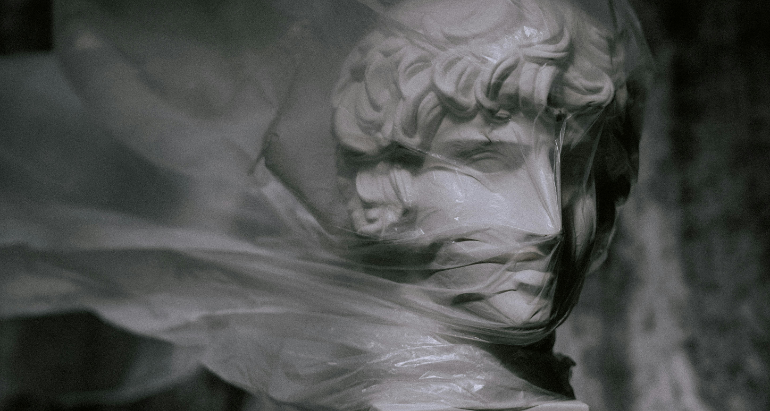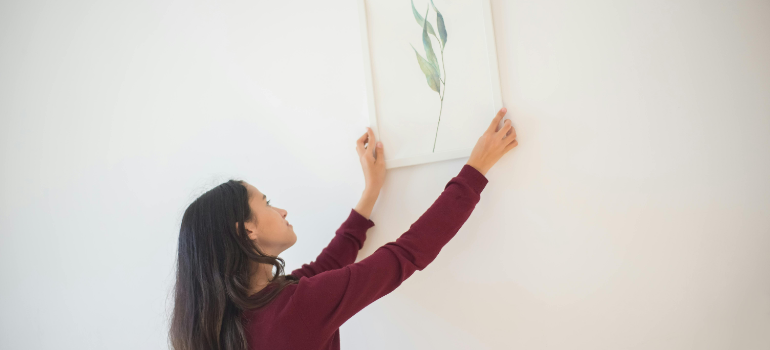Artwork needs proper packing to stay safe during any move. Scratches, tears, or broken frames can happen with careless handling. People in Cupertino often plan moves or relocations across the country. That trend sparks concern for careful handling. Many residents turn to moving companies Bay Area for convenient transport. Experts also suggest using only the best materials for packing artwork to reduce risks. That phrase covers items designed to shield fragile surfaces. Safe packing includes sturdy boxes, reliable cushioning, and supportive coverings. Strong care keeps treasures intact. This approach guards every canvas. Correct preparation significantly reduces stress and preserves the artwork’s quality.
Choosing the Right Boxes for Artwork Protection
Specialty art boxes feature inserts and sturdy walls. Telescopic boxes slide to match an artwork’s length or width. They reduce movement inside and allow better control of the interior space. Custom crates use wooden frames that offer more support for large or delicate pieces. They suit oversized canvases or ornate sculptures. Flat boxes handle paintings, posters, or prints that fit a thinner profile. Deep boxes hold items with thicker frames or complex layering. Some owners combine foam panels and corner protectors for added cushioning. This extra padding helps offset impacts during transport. Good box selection aligns with each piece’s shape and weight. People prevent dents when they pick the right size and type. Proper planning keeps art safe, all while damage stays away.

Essential Packing Materials for Maximum Safety
Bubble wrap shields surfaces from bumps. Foam boards protect frames or canvases against dents. Packing paper helps reduce friction and keeps dust away. Corner protectors save vulnerable edges from crushing. Glassine paper offers a clean layer between paintings and outside elements. It prevents moisture and smudging. Acid-free supplies help preserve pigments and finishes, especially for older or valuable pieces. These items block deterioration that can ruin fine details. People often combine materials for a layered approach. That structure handles different shapes and textures. Many Bay Area residential movers use these protective tools. They aim to keep art intact during loading, transit, and unloading. Smart choices in supplies can spare you expensive repairs. Consider bubble pouches for figurines or compact art.
Wrapping Techniques to Prevent Damage
Framed art requires corner protectors first. Then add bubble wrap around the frame’s perimeter. Unframed pieces need foam boards on the front and back. That sandwich shields delicate surfaces from bumps or scuffs. Plastic wrap works well if the surface underneath is sturdy. Foam padding suits fragile paint or textured finishes. Overly tight wrapping can warp a canvas or trap moisture. People should leave a slight breathing room. Tape edges securely to prevent shifting. Remember to choose the best materials for packing artwork for each type. That choice prevents rips or chipped corners. Gently label wrapped items for quick identification. Avoid stacking them without protection. These steps support worry-free transport. Foam sheets offer impact resistance. Secure them with tape or stretch wrap.

Securing Artwork Inside the Moving Box
Place padding on the box’s base to soften bumps. Insert the artwork and add bubble wrap on each side. Fill open spaces with crumpled paper or foam peanuts. That filler restricts movement. Use cardboard dividers if you pack several pieces in one box. They create separate compartments for each item. Label every box on multiple sides. Mark “Fragile” in large, clear letters. That signal alerts movers to handle items with care. Keep an inventory to track each piece. Quick reference saves time during unpacking. Check the container for stability. Then seal it firmly. Remember these pointers:
- Use enough padding
- Fill gaps
- Label boxes visibly
- Keep an organized inventory
- Seal firmly
Special Considerations for Sculptures and 3D Artwork
Sculptures often have protrusions that need extra padding. Foam sheets can wrap each delicate extension. Wooden crates help bear weight and maintain shape during transit. These crates also protect irregular angles from external pressure. Some shippers add custom bracing inside to stop wobbling. People should use acid-free wrap on surfaces that risk chemical damage. Gentle tape or soft ties can secure thin arms or narrow points. Too much compression might chip paint or bend metal. Many choose domestic shipping services for large statues or complex collections. Those providers use reinforced packaging and careful handling. They also offer tracking for extra peace of mind. Proper safeguards reduce the chance of cracks or scrapes. Thorough preparation saves time, money, and frustration.
Climate Control and Storage Considerations
Cupertino weather stays mild but still varies across seasons. High temperatures can dry out wooden frames or cause paint to flake. Lower humidity might lead to cracks in older canvases. Climate-controlled storage holds temperature and moisture at steady levels. That steadiness helps preserve color and structural integrity. Some art enthusiasts rent these facilities when they can’t move right away. Short-term storage works for a quick transition between homes. Proper wrapping and sealed containers keep dust and pests out. Long-term storage requires more protective measures. People should check for signs of mold or dryness every few months. Secure shelving or racks can prevent accidental bumps. Regular monitoring helps preserve your collection for future enjoyment. That approach maintains both texture and appeal.
Working with Professional Movers for Artwork Protection
Professional movers bring specialized tools and training. They handle fragile items with care and speed. Some teams craft custom crates that match the artwork’s dimensions. That detail cuts movement inside the container. White-glove handling reduces contact that can scratch surfaces. Many crews also provide protective blankets and corner supports. They understand how to load trucks without stacking boxes dangerously. People seeking a Cupertino moving company should ask about experience with fine art. Checking reviews or recommendations helps gauge a mover’s reputation. Insurance coverage can add reassurance for rare or expensive pieces. Written agreements define costs and timelines. Good communication prevents confusion on moving day. Skilled movers simplify each step and lower the risk of damage.

Ensuring a Safe Move for Your Artwork
Solid packing techniques shield valuable pieces from harm. Sturdy boxes, foam layers, and corner guards reduce risks. Planning and attention keep art safe. Professional movers add expertise for tricky jobs. Always rely on the best materials for packing artwork to protect texture and color. That strategy preserves your collection’s lasting beauty. Stay organized and choose experienced help when needed. Each thoughtful choice preserves creativity and history for many years to come.


